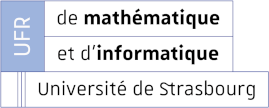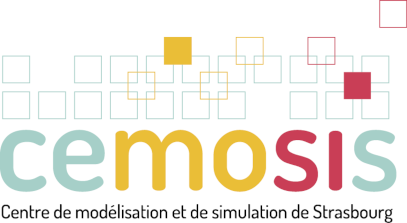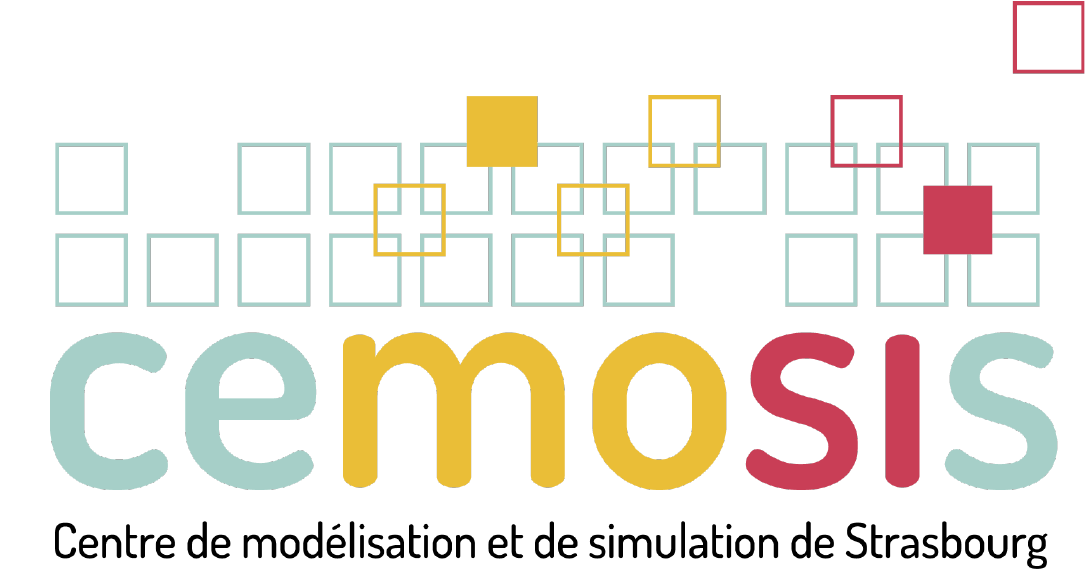Internship Report : Modeling and simulation of High critical Temperature Superconductors

logo LNCMI
|

Logo UFR Math-Info
|

Logo CEMOSIS
|
Author : Jeremie Muzet
Enterprise’s supervisor : Christophe Trophime
School’s supervisor : Christophe Prud’homme
Table of content :
1. Introduction
The superconductivity is a state of matter in which electric current flows without Joule losses. High critical temperature superconductors or HTS are electrically conductive materials that behave as superconductors at temperatures below 100°K. The materials showing those particular properties are usually ceramic materials and some of them are already used for industrial practical. This field is at the forefront of innovation and research and could play a major role in many technological applications in the future, such as the transmission and storage of electricity or the magnetic levitation of trains for example. Since 2010, numerical modeling is used as a powerful tool to simulate the electromagnetic and thermal behavior of HTS.
The models worked on in this internship can be classified in two main problems : magnetization and transport current. The first type consists of applying an exterior magnetic field on a bulk HTS. The superconducting bulk will react by generating an inverse magnetic field to prevent the applied field to enter it. When the exterior magnetic field disappears, we will observe the generate field trapped inside the HTS bulk. The second type of problem is applying a transport current inside a HTS pancake, which will generate a magnetic field, that will also get trapped in the conductor if the applied current disappears.
In this report, we will implement different formulation classically used for modeling HTS. As there is no analytical solution for the different problems, we will use different software to validate the models.
This report is organized as follows :
-
Section Maxwell Quasi Static are new ways to implement electromagnetic formulation that will be used later for HTS.
-
Section HTS are implementation of high critical temperature superconductors on several softwares.
-
Section Other implementations is an overview of different other implementations made during this internship.
2. Company presentation
This internship was realized in the LNCMI of Grenoble in collaboration with the Cemosis.

The National Laboratory for Intense Magnetic Fields (LNCMI) is a CNRS research infrastructure where researchers from all around the world comes to make experimentations in intense magnetic fields. The LNCMI has two sites in France : continuous magnetic fields are produced in Grenoble (LNCMI-G), pulsed magnetic fields are produced in Toulouse (LNCMI-T). In the site of Toulouse, pulsed fields up to 100 Tesla are achieved within a few hundreds of milliseconds. As for the site of Grenoble, where my internship took place, it is one of only two laboratories in Europe that produce continuous fields up to 37 Tesla during several hours. The laboratory offers scientific instrumentation for physical measurements under intense magnetic fields and a vast research activity on static fields, including high temperature superconductors.

The Cemosis (Centre de Modelisation et de Simulation de Strasbourg), created in 2013, is composed of mathematician researchers and engineers from the team modeling and control of the Institute of Advanced Mathematics Research (Irma). It operates in various fields such as modeling simulation and optimization, high performance and parallel computing, data science and signal and image processing. The Cemosis is in collaboration with multiples companies and laboratory and promotes project in the different fields previously mentioned.
3. Goals
High critical temperature superconductors are a highly innovative field of research. The goal of my internship is to start an activity of HTS modeling in the LNCMI of Grenoble using the tools developed by the Cemosis. This objective can be separated in two parts : the understanding and implementation of classically used formulations to model HTS and the integration of those implementations into the modeling applications already in development within the LNCMI.
For both parts, we will use the finite element library Feelpp and in particular the Coefficient Form PDEs toolboxe.
4. Course of the internship
The internship took place for six months, from the February \(14^{th}\) to the August \(12^{th}\) of the academic year 2021-2022, with a final presentation on the August \(26^{th}\) 2022.
This is an overview of the course of the internship in the form of a Gantt chart :

5. Softwares
The modeling of HTS don’t have an analytical solution to validate the result obtained. Therefore we use other finite element software to compare the models made with Feelpp.
The softwares that were used during this internship were :
-
Feelpp : Finite Element Embedded Language and Library in C++ (developed by Cemosis)
-
getDP : General Environment for the Treatment of Discrete Problems (developed by P. Dular and C. Geuzaine, University of Liège)
-
FreeFEM : multiphysics finite element software (developed in the University Pierre-et-Marie-Curie)
-
Comsol : cross-platform finite element analysis, solver and multiphysics simulation software (developed by Comsol Inc.)
6. References
-
[LNCMI] lncmi.cnrs.fr/
-
[Cemosis] www.cemosis.fr